In Defense of Photoshopping
August 2, 2014
Photoshop is killing our self-esteem.
At least, that is the consensus on a growing trend throughout our media and culture: Advertising and editorials have combined to present an image of men and women—especially women—that is unrealistic, unattainable, and downright unhealthy.
The culprit? Photoshop and to some extent its users have singlehandedly distorted reality and made it impossible for girls and boys to be appealing. The photo editing software allows users—art directors and photographers alike—to remove wrinkles, cut fat, and emphasize tans, making women and men look flawless everywhere we turn. Take for instance, the image of a 55-year old Madonna. While the original shows her age, lines, and presents her as a little Smeagol, the final product is bright, vivid, and perhaps even youthful. In the original, she’s like a Gollum; in the final, she’s “Like a Virgin”.
![]()
Critics say that this kind of editing has created a serious if unintended self-esteem crisis. Fifty-year-olds see the Photoshopped Madonna and know that they look nothing like her, so they become self-conscious and run off to get Botox. The same goes for women of all ages. When Photoshop can make any woman mysteriously thin and mind-bogglingly beautiful, it is impossible for anyone to want anything else. And when reality doesn’t satisfy, people grow dejected.
Self-esteem is crushed, and motivation is squandered. Studies have found that the media helps to bring about eating disorders and other problems beginning as early as childhood. A recent study showed that 80% of teenaged girls actively compare their appearance with that of celebrities and models in magazines, and that 40% said that they were dissatisfied with the way they looked. The majority would get rid of Photoshopping altogether.
To counteract this onslaught of good-looking people, a ‘positive body movement’ has arisen to show that women of all body types–even those not seen on the covers of Self and Bazaar—should respect and love their figures. As one spokesman says, women should “be content in the knowledge that having the ‘perfect’ body isn’t all it’s cracked up to be” and accordingly promotes chubbiness and stretch marks. Aligned with the Positive Body Movement, the plus-sized model industry is booming.
Of course, this movement is only as powerful as its participants’ wills. Earlier this year, two women congressmen proposed a bill that would curtail use of the dastardly Photoshop. The thought is that the kind of manipulation Photoshop provides gives people impossible aspirations, which ends up hurting them, and so we must forbid the ability to create those harmful images. “We can no longer sit by and allow this to happen,” said an advocate of the bill. One wonders what’s next—taxes on size zero clothing? Felonies for fitness?
Now, one might point to the blatant disrespect of the Bill of Rights in such a measure, and, to be sure, the ‘Self-Esteem Act’ and others like it are most egregious violations. But this argument misses the point. Photo editing is not some evil that must be tolerated for the sake of free speech–it can be and often is a powerful tool in the effort to create ideals–and that is what we should be defending. The real goal of these movements is to destroy ideals, and that might be more dangerous than the alternative. Here’s why:
1. First, it must be admitted that not all pictures of skinny women are impossible to attain.
As the anti-Photoshop crowd would have it, all cover models are Photoshopped out of reality and only a vaguely human-like membrane is left. The only way women can look ‘like that’ is if they’re Photoshopped into oblivion. But, as hard as it might seem, there are very thin and attractive women out there who don’t need to be clipped and cropped.
Protesters see pictures like those of Karlie Kloss on the Vogue Italia cover and shout bloody Photoshop! No one pays attention when they discover that the pictures were in fact authentic and the model actually is that suspiciously gorgeous.
This isn’t to say that all women can naturally look like that or even that they should want to. A small percentage can come close. But that doesn’t mean that they can’t appreciate the form for its aesthetic qualities. And it certainly doesn’t mean that people should take offense when they see it.
2. Sometimes photos just need Photoshopping.
Even beautiful women slip sometimes and let a wrinkle into a shot or let their flesh fold unflatteringly. Who will say that the photographer or designer is obliged to let that blemish go just to be more realistic? The photographer, designer, makeup artist, lighting technicians, and everyone else in the crew are all charged with bringing the art director’s vision into reality. Take the Cameron Diaz image for Cosmo recently flagged in a Daily Mail exposé.
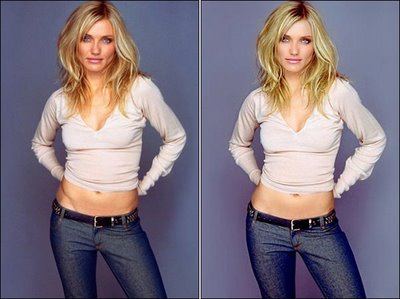
While no one could criticize the appearance of the actress in the original (on the left), it must be admitted that the picture on the right is more aesthetically pleasing. Her hips are more pronounced, giving her body more shape, the lighting is changed to call out her face and hair, and subtle lines are removed for a more cohesive composition. This exercise is not an indictment of Diaz’s natural attractiveness—it is quite possible that the camera angle and lighting were off. It’s possible that the wardrobe or make-up artist had misjudged. Correcting the photo doesn’t mean that she’s a terrible person, just that the photo needed some touch-ups.
With Instagram and iPhones, we all edit our photos in post-production. We do it because it gives the image more style and, ultimately, more appeal. Cameras aren’t equipped to give us the results we desire in a flash, so we apply a filter to deliver that result. True, it makes it a little less like reality, but it also makes it a little more enjoyable.
 What makes a fashion magazine cover any different? Just as with the amateur travel photo, the people creating the fashion magazine cover want the most aesthetically appealing final product. As an audience, we can critique the delivery or even the vision itself, but we cannot demand a different vision altogether.
What makes a fashion magazine cover any different? Just as with the amateur travel photo, the people creating the fashion magazine cover want the most aesthetically appealing final product. As an audience, we can critique the delivery or even the vision itself, but we cannot demand a different vision altogether.
3. Idealized images—and, let’s face it, these photos are idealized—have been a part of our culture from the advent of art, and the disillusion of the modern masses cannot strip the effort of its merit.
Producing the images in themselves is a profitable endeavor, any artist engaged in the creative process will attest. But even viewing the images and propping them up as ideals for which to strive has value in the same way any lofty goal can motivate and inspire.
As NY Times writer Lance Hosey puts it, “Brain scan studies reveal that the sight of an attractive product can trigger the part of the motor cerebellum that governs hand movement. Instinctively, we reach out for attractive things; beauty literally moves us.” As one erstwhile theorist has argued, the human imagination needs ideals in art to flourish. And fashion magazines have a particular opportunity to fulfill that need.
To be sure, it was never made clear why fashion magazines were supposed to become self-affirmation manuals in the first place. It is much more important to our motivation and well-being that these magazines provide examples of beauty, even if they are theoretically unattainable. Botticelli didn’t have to apologize for making his figures so unrealistically beautiful. Neither should Juergen Teller.
4. If one is attracted to unrealistic Photoshopped pictures, then you wouldn’t want his good opinion anyway.
Sometimes the editing creates a bad-looking or otherwise creepily unnatural image. Banning Photoshop isn’t the answer. Discretion is. We should be able to discern between a natural, healthy, and well-appointed figure and one that’s not.
Focusing on the fact that Kim Kardashian’s extra fluff was cropped into thin air distracts us from the fact that she’s just a celebrity—someone who is famous for being famous—and the picture bears no real aesthetic merit in the first place.
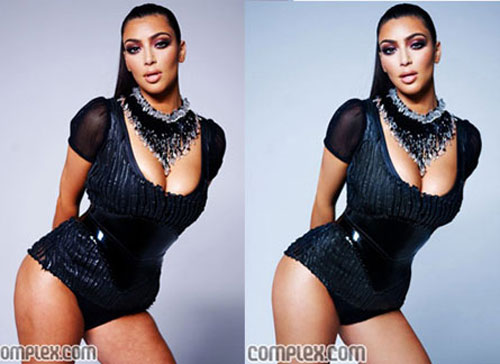 Ultimately, if we simply ban all Photoshopping, we lose a key tool in our intellectual growth and will be unable to explain why this guy is awesome:
Ultimately, if we simply ban all Photoshopping, we lose a key tool in our intellectual growth and will be unable to explain why this guy is awesome:
 In the end, you can Photoshop sex and even style, but you can’t Photoshop awesome.
In the end, you can Photoshop sex and even style, but you can’t Photoshop awesome.
5. If the Positive Body movement is about all women, why does it not promote the bodies of women who are naturally thin?
If the goal is to let women be comfortable with their natural bodies, it only makes sense to champion the thin as well as the curvy. The fact that most turn to vitriol when they come across someone who is actually skinny means that there is a double standard, and the ultimate goal of the movement isn’t to bolster image, but rather to justify potentially harmful health practices.
6. We have an obesity problem in America today, and vilifying images of thin women doesn’t make the rest of us any less fat.
Self-esteem is being killed these days, that much is true. But it’s not Photoshop that is doing the deed; it’s unhealthy lifestyles. It makes sense that self-esteem is low. It should be. The CDC reports that more than a third of all Americans are obese. In 2008, obesity-related health problems required $147 billion in medical expenses. And The American Psychiatric Association reports that overweight people are more prone to low self-esteem than others, citing that “obese girls ages 13 to 14 are four times more likely to experience low self-esteem than non-obese girls.”
These women were not Photoshopped:
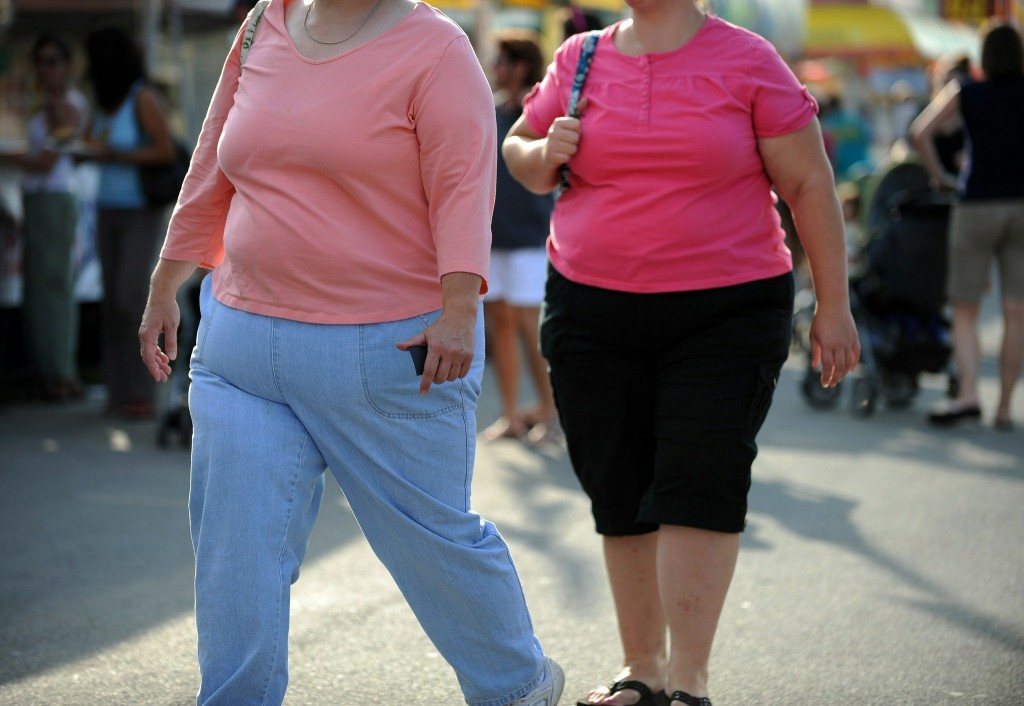 Human beings were simply not meant to eat three cheeseburgers at a whim and spend the day seated behind a desk. They were meant to eat carrots and broccoli and exercise all day. But instead of identifying the real problem and working to eliminate overeating and sedentary lifestyles, we find it easier to remove the ultra-thin ideal that is supposedly crushing our psyches. Without ‘unrealistic’ visions to compare themselves with, the thought goes, everyone can be happy. And yet, people won’t be happy with themselves because they are not living life as they were designed to.
Human beings were simply not meant to eat three cheeseburgers at a whim and spend the day seated behind a desk. They were meant to eat carrots and broccoli and exercise all day. But instead of identifying the real problem and working to eliminate overeating and sedentary lifestyles, we find it easier to remove the ultra-thin ideal that is supposedly crushing our psyches. Without ‘unrealistic’ visions to compare themselves with, the thought goes, everyone can be happy. And yet, people won’t be happy with themselves because they are not living life as they were designed to.
7. Finally, self-esteem doesn’t come from a magazine ad; it comes from within.
The underlying problem in all of this is that people are looking in the wrong place to be happy and fulfilled. They are told that happiness comes from being sexy or cool, and so they look to the ultra-sexy and cool images all over magazines. But they’ll never be happy or satisfied because they’re looking in the wrong place. By the same token, changing those ads and getting rid of all the maliciously beautiful people isn’t going to improve the way a girl views herself.
Only setting a goal of integrity and striving to achieve it can do that. And that means shifting the culture’s emphasis from the social and corporeal to the intellectual and ideal. In the end, we must arrive at a place where the goal is not to impress and flatter like celebrities, but to be good and to do good. And that takes a lot more than a little photo editing can provide. Only when a people appreciates the picture of a beautiful woman for the sake of composition, aesthetics, and artistic merit rather than sexuality and belonging can we say that we’ve begun to address the self-esteem problem.
Eric Robert Morse is a writer and artist. His work can be found at the nifty address, http://www.ericrobertmorse.com.

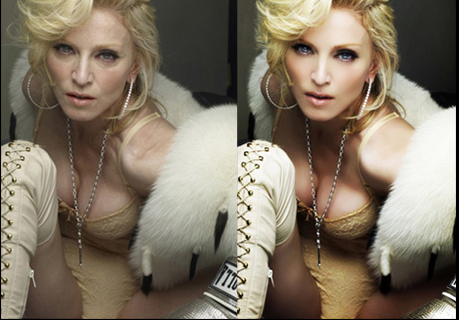

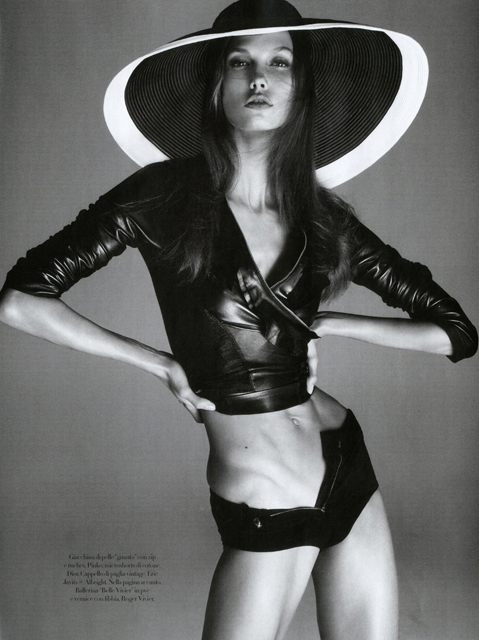
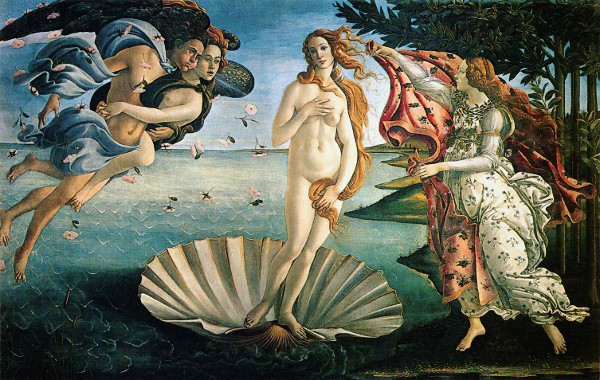


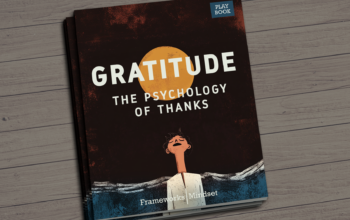


1 thought on “In Defense of Photoshopping”